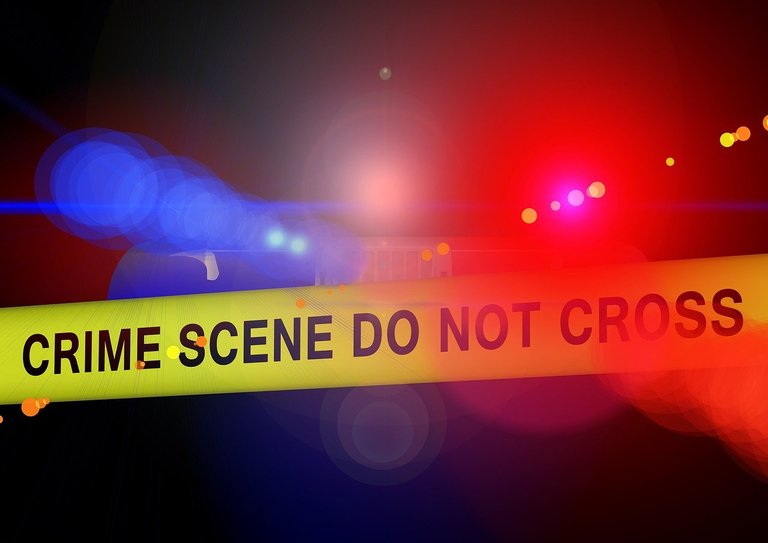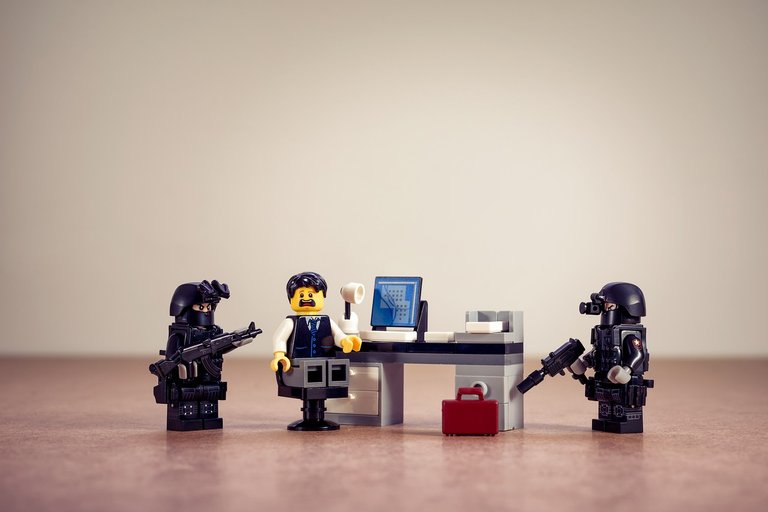If I get a chance to write something on my favourite topic, I don't want to miss it. In Topic 2 of this weekend, when asked what profession you would like to choose and why, doing and watching crime scene investigation is one of my favourite jobs, so I would like to choose it.
I have seen many crime and homicide scenes in films and in all of them, members of the crime scene investigation team and one of their chiefs reach the crime scene for the first time. On reaching the incident site, all the team members first declare the incident site as a protected area by a ribbon.
Meaning, it is prohibited for any person to go ahead of this ribbon. And as soon as it starts, photographs and samples of each and every evidence of the crime scene are collected under the direction of the head of the team. All samples are preserved. Even a single hair found there is analyzed and preserved.
Fingerprints are picked up from all surfaces through modern forensic techniques. Even the food in the kitchen and the salmon lying in the dustbin are preserved.
If the incident is of a homicide case, photographs are taken of the victim from every angle. That is, if any weapon used for murder is found, it is also preserved.
While doing all these tasks, the authority of the team head is visible. At that time, no matter how big a person is, what position he holds, no matter how rich or influential he is, he has to follow the orders of the head. And every question has to be answered.
Based on the crime scene, the investigator has to design a specific investigation strategy for that crime.
Since all crimes are different, the same investigation strategy may not work for everyone.
Potential evidence may also be left outside the scene which may be damaged by onlookers arriving at the scene. At this stage, the safety of the scene is a top priority.Sometimes even people are arrested who are merely suspected of being involved in a crime.
A preliminary crime scene survey primarily involves identifying valuable evidence, taking notes, and photographing the scene and evidence under the supervision of the chief investigator.
The crime scene photographer clicks photographs of the entire area and takes close-up photographs of the objects from different angles as well as placing evidence markers and rulers for shape reference.
A sketch of the crime scene is also made to help investigators recreate the scene at a different location.
The sketch includes all the objects present, place of evidence, direction, date, time and case number.
Complete documentation of the crime scene is done to record the condition of the objects present there, the smell of the surroundings, the temperature of the area etc.
After doing all these tasks of the crime scene, the investigator also plays a major role in the investigation of the case. In most cases, it is possible to reveal the case only through a detailed overview of the crime scene and the results given by the forensic investigation.
That's why no evidence can be ignored in the initial inspection of the crime scene.
It is not possible to express in words the mental happiness that one gets after solving any crime and the praise of higher officials. Solving any case also helps in making society crime-free.
That's why I would like to do this work.
THANKS FOR READING MY POST.


This is certainly an interesting profession to practice I am also inclined towards it.